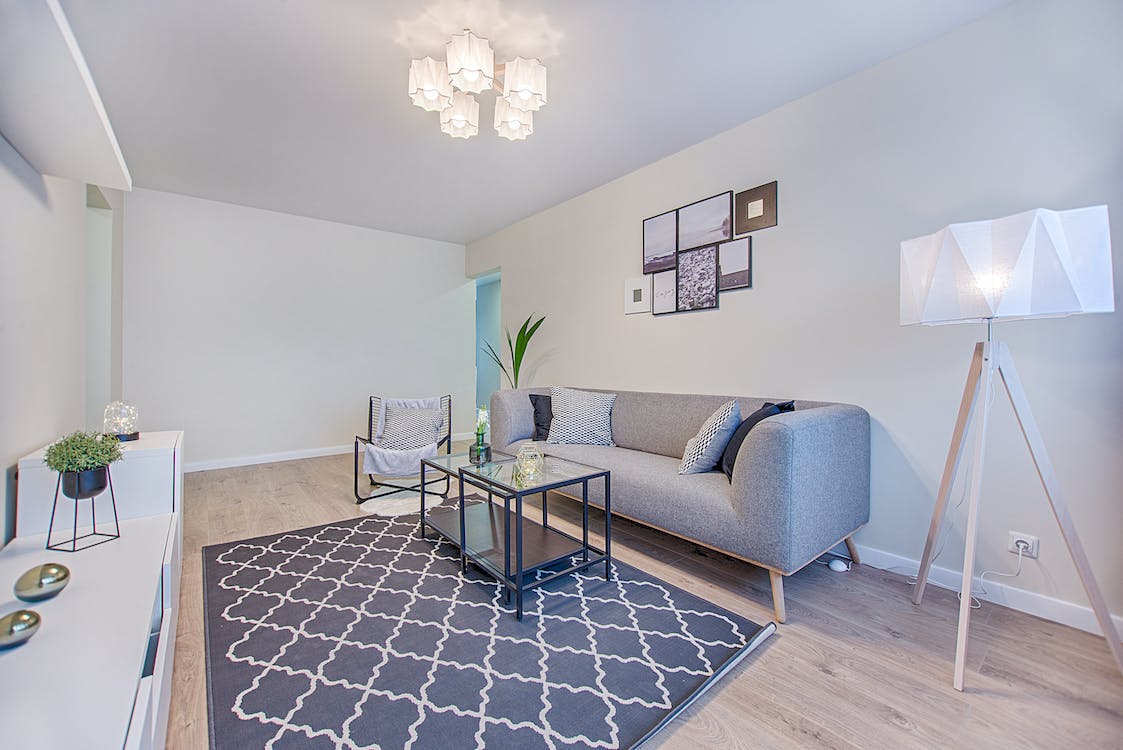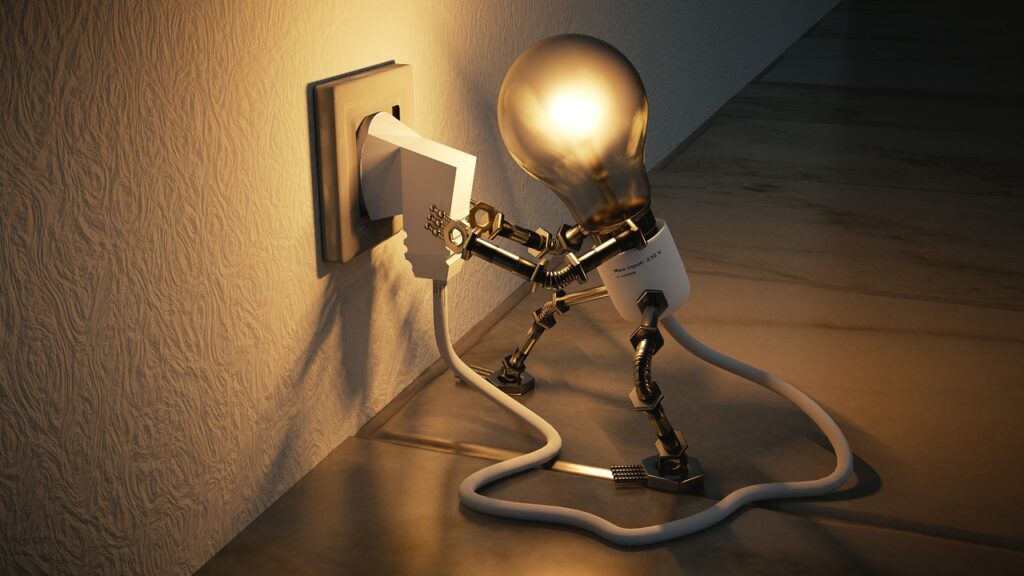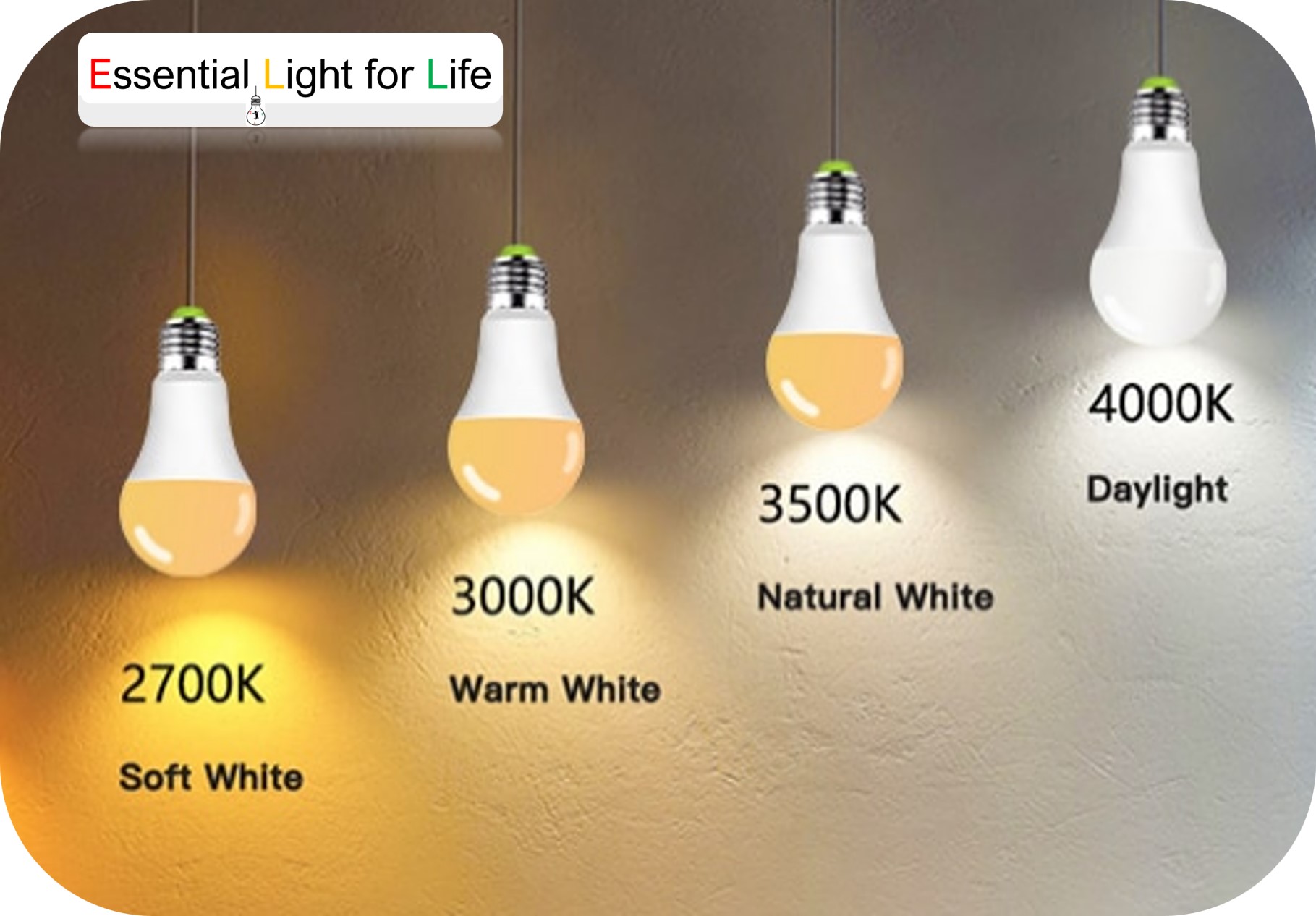LED Light Bulbs for Home
In the realm of modern lighting, LED (Light Emitting Diode) technology has emerged as a game-changer. These small but mighty diodes have revolutionized the way we illuminate our homes, offering a plethora of benefits that extend beyond traditional incandescent or fluorescent options. In this comprehensive guide, we will delve into the world of LED light bulbs for home, exploring their advantages, various types, and the significant impact they have on energy efficiency.
Energy-Saving LED Light Bulbs
In an era where energy conservation and environmental consciousness are at the forefront of our collective consciousness, the choice of lighting has never been more critical. Enter the LED (Light Emitting Diode) light bulb, a revolutionary advancement in illumination technology that stands as a beacon of energy efficiency. In this comprehensive guide, we will explore the world of energy-saving LED light bulbs, shedding light on their advantages, applications, and the significant impact they have on our planet’s well-being.
The LED Revolution: A Quantum Leap in Efficiency
Energy-saving LED light bulbs represent a quantum leap in lighting technology. Unlike traditional incandescent bulbs, which work by heating a filament until it emits light, LEDs operate on an entirely different principle. They produce light by passing a current through a semiconductor, a process that is not only incredibly efficient but also generates very little heat. This means that a significantly higher proportion of the electrical energy is converted directly into light, making LED bulbs up to 80% more energy-efficient than their incandescent counterparts.
The LED Advantage: A Glimpse into Efficiency and Longevity
One of the most compelling reasons to choose LED light bulbs for the home is their exceptional energy efficiency. Compared to their incandescent counterparts, LED bulbs consume up to 80% less electricity while producing the same amount of light. This dramatic reduction in energy consumption leads to significant cost savings over the lifespan of the bulb and contributes to a more sustainable environment.
A Brighter, Longer Future: The Extended Lifespan of LEDs
Apart from their energy efficiency, one of the most compelling features of LED light bulbs is their extraordinary lifespan. While traditional incandescent bulbs last around 1,000 hours and compact fluorescents (CFLs) approximately 8,000 hours, LEDs can endure for up to 25,000 hours or more. This longevity not only reduces the frequency of replacements but also minimizes maintenance efforts, making LEDs an economical and sustainable choice for homeowners and businesses alike.
Types of LED Light Bulbs: Tailoring Light to Your Needs
LED light bulbs come in various shapes and styles, each designed to serve specific purposes within the home. The A-type bulb, which resembles the traditional incandescent bulb, is a versatile option suitable for general lighting needs. Globe bulbs, with their spherical shape, provide a wider spread of light, making them ideal for pendant fixtures or chandeliers. Candle bulbs mimic the slender, flame-like shape of traditional candles, adding an elegant touch to chandeliers and wall sconces.
For applications where focused illumination is paramount, floodlights and spotlights take center stage. Floodlights emit a wide beam of light, making them perfect for outdoor use, such as landscape lighting. Spotlights, on the other hand, emit a narrower, more concentrated beam, ideal for accentuating specific features or artwork indoors.
Color Temperature: Setting the Mood with LED Light
Beyond brightness, LED light bulbs offer a range of color temperatures, allowing homeowners to customize the ambiance of their spaces. Warm white tones (around 2700-3000 Kelvin) provide a cozy and inviting atmosphere, akin to the soft glow of traditional incandescent bulbs. Cool white tones (around 5000-6500 Kelvin) emit a crisp, clear light, suitable for task-oriented spaces like kitchens and offices. Daylight tones (around 6500 Kelvin) replicate natural daylight, creating a vibrant, energizing environment.
Dimmable LEDs: Tailoring Light Intensity to Your Preference
Many LED bulbs are dimmable, allowing homeowners to adjust the light intensity to suit their preferences and needs. This feature not only enhances ambiance but also contributes to energy savings. By dimming the lights, you reduce energy consumption, prolonging the lifespan of the bulb and further enhancing its efficiency.
Conclusion: Enlightened Living with LED Light Bulbs
As we stand on the threshold of a new era in lighting, LED light bulbs have emerged as the torchbearers of efficiency, longevity, and versatility. Their transformative impact on the way we illuminate our homes extends far beyond the realm of aesthetics, venturing into the domains of energy conservation and environmental stewardship.
Energy-saving LED light bulbs represent a pivotal advancement in lighting technology, offering a beacon of hope in the pursuit of a more sustainable and energy-efficient future. Their extraordinary efficiency, extended lifespan, and versatility have positioned them at the forefront of modern illumination.
By embracing LED technology, we not only brighten our living spaces but also embark on a journey towards a greener, more sustainable future. With LED light bulbs leading the way, we illuminate not just spaces, but also a future that is both brilliantly bright and environmentally conscious.
Frequently Asked Questions
Are LED light bulbs energy saving?
Yes, LED light bulbs are highly energy-efficient. They consume significantly less energy compared to traditional incandescent bulbs. LEDs convert a higher percentage of electrical energy into light, resulting in reduced energy consumption and lower electricity bills.
How much energy do LED light bulbs save?
LED light bulbs can save up to 75-80% more energy compared to incandescent bulbs. For instance, a standard 60-watt incandescent bulb can be replaced by a 9-watt LED bulb, providing the same level of brightness but using much less electricity.
Which LED bulb consumes less electricity?
Among LED bulbs, those with lower wattage consume less electricity. For example, a 5-watt LED bulb consumes less electricity than a 9-watt LED bulb. However, it’s important to consider the desired level of brightness and the intended application when choosing the wattage.
Which LED bulb is best for home?
The best LED bulb for a home depends on various factors, including the room’s purpose, preferred ambiance, and personal preferences. A warm white LED bulb (around 2700-3000 Kelvin) is often recommended for general lighting in living spaces, as it provides a cozy and inviting atmosphere. Additionally, dimmable LED bulbs offer flexibility in adjusting brightness levels to suit different activities and moods.





